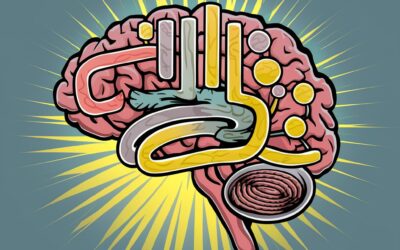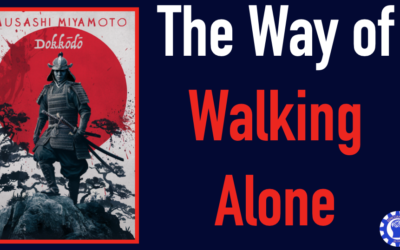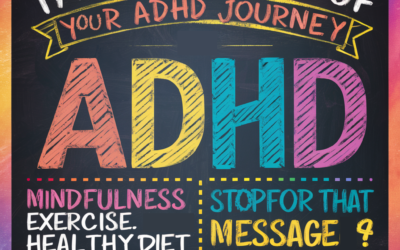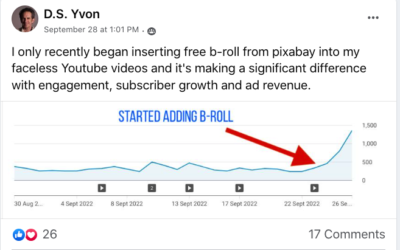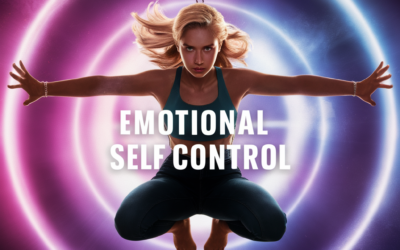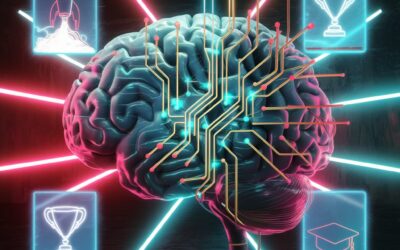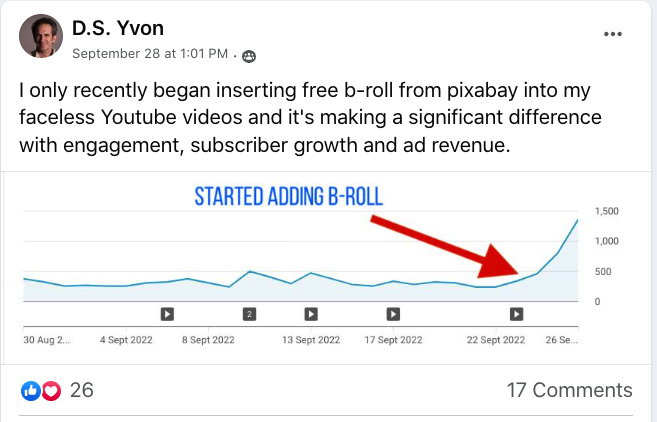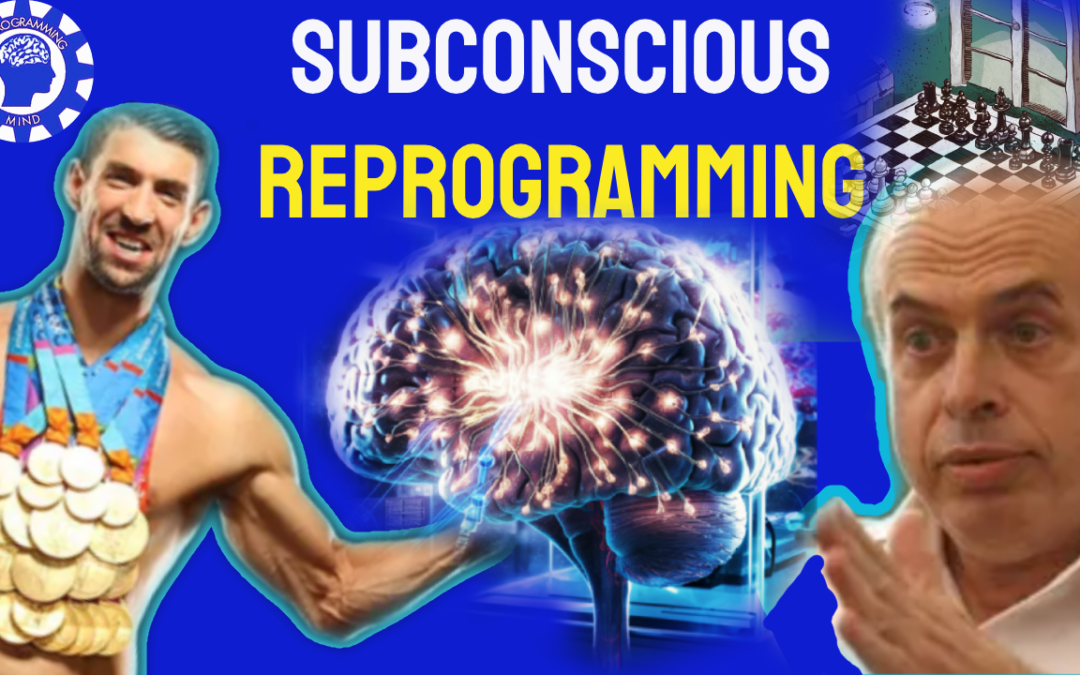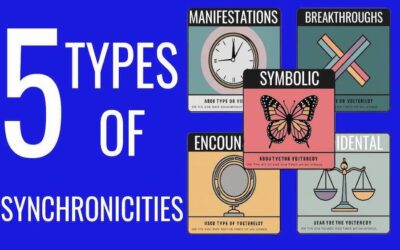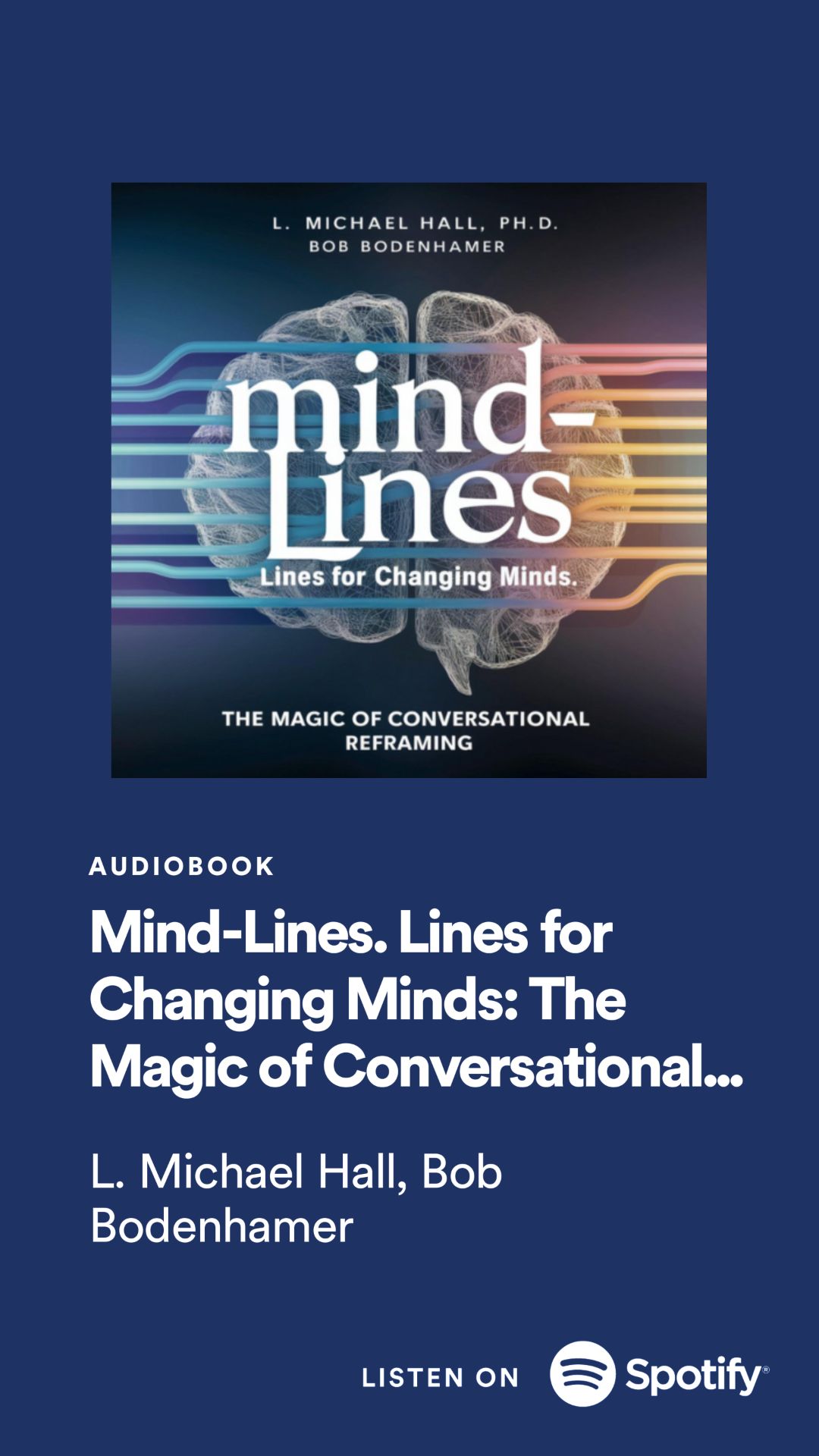Visualization, the practice of creating vivid mental images of desired outcomes, has long been recognized as a powerful tool for achieving success. In this video we will look at three extreme individuals that harnessed the power of visualization to remarkable effect such as a Siberian Prisoner, multiple Mr Universe winner and the greatest Olympic Gold medalist of all time.
Let's go!
First we will look at:
Natan Sharansky
He is a former Soviet dissident and Israeli politician who spent nine years in a Soviet gulag for his pro-democracy activities. While in prison he spent a lot of that time in solitary confinement.

What is remarkable about his time served is that most people, when put into isolation suffer psychologically and also physiologically.
There is a vast amount of knowledge about how the brain responds to elements of solitary confinement and it includes the lack of physical interaction with the natural world, the lack of social interaction, and the lack of touch and visual stimulation.
The psychological effects of solitary confinement have been well documented by Craig Haney, a psychology professor at the University of California Santa Cruz. Haney has spent the past 30 years inspecting numerous solitary confinement units across the United States.
"You find that prisoners begin to develop identity disorders when they have spent long periods of time without social interaction or touch," said Haney.
He has documented cases of extreme paranoia, self-mutilation, hypersensitivity to sound, light and touch, and severe cognition dysfunction among prisoners.

Additional research on the negative impact of solitary confinement comes from Huda Akil, a neuroscientist at the University of Michigan.
"Each one each one of these elements by itself is sufficient to dramatically change the brain," Akil said.
Stuart Grassian, a board-certified psychiatrist and a former faculty member at Harvard Medical School, has interviewed hundreds of prisoners in solitary confinement. In one study, he found that roughly a third of solitary inmates were “actively psychotic and/or acutely suicidal.” Grassian has since concluded that solitary can cause a specific psychiatric syndrome, characterized by hallucinations; panic attacks; overt paranoia; diminished impulse control; hypersensitivity to external stimuli; and difficulties with thinking, concentration and memory.
One reason for the damaging impact has to do with stress which alters the very fabric or structure of the brain and can change how neurons communicate with each other. The brains of individuals who have experienced extreme stress are literally shriveled, Akil said. One of the shrunken areas is the hippocampus, the region of the brain that is involved in memory, spatial orientation and the control of emotions.
Touch and social interaction activate molecules in the brain called growth factors - the fertilizer that boosts brain structure and helps cells communicate with it each other.
These neuroscientific findings on the damaging consequences of socio-environmental deprivation integrate and strengthen the validity of the copious research on the deleterious effects of solitary confinement,
For instance, research about prisoners in solitary confinement had shown the detrimental impacts on their brains which is due to neuroplasticity, the brains ability to rewire itself in response to experience. It is this experience of being incarcerated with limited socialization contributing to portions of prison populations to develop a reduction in hippocampal volume and an increase in amygdala volume.

Why these two regions?
It is because the hippocampus is largely responsible for learning and memory formation. So if a prisoner isn't experiencing new memories and experiences, then the hippocampus has nothing new to process and subsequently begins to reduce in size. Stress of extreme isolation leads to a loss of hippocampal plasticity,
The other region is the amygdala which can be likened to a threat detector. Since these prisoners are experiencing stressors daily, their amygdala gets far more activity than people if they were experiencing a less stressful environment.
So now that we know that the hippocampus gets smaller and the amydala gets larger and how this can combinatorially be associated with cognitive impairments, loss of memory and hyper-threat detection, how did one man experience extended bouts of solitary confinement, yet avoid cognitive dysfunction and come out stronger?
The answer is visualization. And this comes from Siberian prisoner Natan Sharansky who used visualization as a means of maintaining his sanity and hope for freedom.
"Every night I would visualize myself standing in front of the Western Wall in Jerusalem, free," Sharansky recounted. "I would see the stones, smell the air, and feel the emotions of being there." Just remember this detail for later about his visualizations included other sensory hallucinations.
The other mental training strategy he used was to visualize himself playing and winning hundreds of thousands of chess games.

Sharansky's unwavering use of visualization played a crucial role in sustaining him through his ordeal and ultimately helping him achieve his goal of freedom. Upon his release he had a meeting with the then President of the United States, Ronald Reagan.

After that, Natan played chess against world chess champion Gary Kasparov.
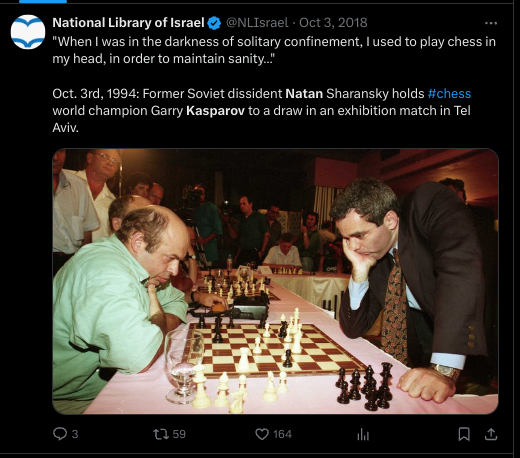
And not only did Natan win, but Kasparov even tweeted about the game and gave a respectful shoutout to Natan on Twitter.

This daily visualization exercise allowed Sharansky to transcend the physical confines of his cell and keep his dream of freedom alive. And that dream and those visualizations came to life in 1986, when he was released from prison and allowed to emigrate to Israel, where he was greeted by cheering crowds at the Western Wall.
And that's how a Siberian prisoner in solitary confinement was able to stave off the harmful effects of prison, use visualization to maintain his brain.
Arnold Schwarzenegger and How He Was Visualizing Bodybuilding Success and Hollywood Stardom.
Arnold Schwarzenegger, is an iconic bodybuilder-turned-actor and politician, is a renowned practitioner of visualization. Even as a young bodybuilder in Austria, Schwarzenegger would vividly imagine himself standing on the Mr. Olympia stage, trophy in hand.
In his autobiographical book 'Total Recall he wrote "I pictured myself high up on the pedestal, trophy in hand,"
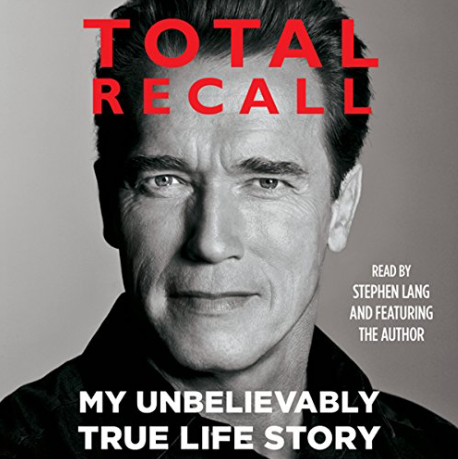 This visualization, combined with his relentless training, helped Schwarzenegger achieve his goal of becoming a seven-time Mr. Olympia champion.
This visualization, combined with his relentless training, helped Schwarzenegger achieve his goal of becoming a seven-time Mr. Olympia champion.
As he transitioned into acting and politics, he continued to use this technique to envision his future successes. As Arnold has said, "If you can visualize it, if you can believe it, then you can achieve it'.
In this clip of clips we can hear Arnold talking about how he used visualization to get out of Austria and into his workouts to winning Mr Olympia as a springboard to achieving his vision for creating wealth and fame.
Now this third example of visualizing is also quite remarkable and probably the most detailed as we get to hear how a coach taught visualization techniques to the greatest Olympic medal winner of all time,
Michael Phelps
He is the most decorated Olympian of all time with 28 medals, of which 23 are golds. This record breaking superstar athlete has harnessed the power of visualization to achieve greatness. Phelps' coach, Bob Bowman, revealed that Phelps would engage in intense visualization sessions for hours before each race.
Here's what his coach said, "For months before a race, Michael gets into a relaxed state. He mentally rehearses for two hours a day in the pool," Bowman explained. "He sees himself winning. He smells the air, tastes the water, hears the sounds, sees the clock."
A distinction worth mentioning here is that these visualzations aren't just visual. They are multi-sensory rich hallucinations that include visual, olfactory, gustatory, auditory and kinesthetic representations of various swimming scenarios. And we also saw this with Natan Sharansky with his explanation of imagining using various senses.
Phelps' visualization went beyond just imagining victory; he also visualized potential challenges, such as his swimsuit ripping or his goggles breaking. His coach, Bowman likened Phelps' mental process to a computer program, with "all of this in his database."
Phelps' dedication to visualization paid off in spades, as he went on to win a record-breaking 28 Olympic medals.
The Science Behind Visualization
The success of Sharansky, Schwarzenegger, and Phelps in using visualization to achieve their goals is not mere coincidence. Numerous studies have shown that the brain has difficulty distinguishing between actual physical experience and vividly imagined experiences.
When we visualize an action, the same neural pathways in the brain are activated as when we physically perform that action. This means that visualization can actually strengthen the neural connections and muscle memory associated with a particular skill or goal.
Additionally, visualization has been shown to boost confidence, reduce anxiety, and increase motivation – all of which are crucial for achieving success.
Whether you're an athlete, an artist, or an entrepreneur, incorporating visualization into your daily routine can help you unlock more of your full potential and achieve your goals.
If you'd like to incorporate visualization into your daily routine, you can start by finding a quiet, comfortable place to sit or stand. Close your eyes and vividly imagine yourself successfully completing the task or achieving the outcome you desire. Engage all of your senses – see the details, hear the sounds, feel the emotions, and even smell and taste the environment.
Consistency is key, so make visualization a regular part of your daily routine. Over time, you'll find that your visualization becomes more vivid and your confidence in your ability to succeed grows.
Remember, as Schwarzenegger said, "If you can visualize it, if you can believe it, then you can achieve it." And by doing so, you'll be back...with better results.
- Have a Goal
- Relax/Theta Brainwave
- Body Scan Induction
- MultiSensory
- Multi Positional



